The practice rate of the nation’s medical technologists fell to just 42.32 percent last year, with hospitals facing an estimated personnel shortage of 10 to 20 percent, the Taiwan Association of Medical Technologists said.
Despite Taiwan becoming a super-aged society and rising demand for healthcare services, the practice rate continued to decline — from 45.9 percent in 2011 to 42.32 percent last year, association data showed.
Medical technologists perform clinical laboratory tests by analyzing blood, urine and tissue samples with specialized equipment to assist doctors in diagnosis.
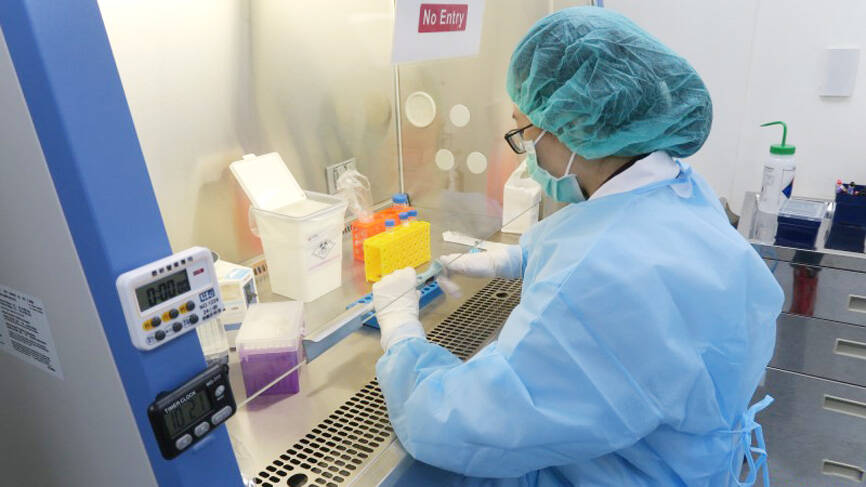
Photo: Taipei Times
The Ministry of Health and Welfare granted medical technologist certificates to 24,000 people last year, but only 10,000 of them registered as practitioners, with many choosing jobs in the biotechnology industry or pursuing other careers, the association said.
If the shortage worsens, people could face longer waits for laboratory reports, it added.
Association president Lai Hsin-heng (賴信亨) said the shortfall is particularly acute in hospitals, with most clinical laboratories operating 10 to 20 percent below capacity.
Recruitment ads have remained unanswered for more than six months, he added.
Association secretary-general Lin Ching-yuan (林慶元) said the base salaries for medical technologists working at hospitals are low, with a ceiling of NT$700,000 (US$23,319) on the annual income for practitioners in the public system.
Medical technologists cannot earn more than NT$1 million a year without additional pay from night-shift subsidies — and even then, their income remains lower than those of peers in other medical departments, he said.
As a result, many medical technologists have left hospitals and sought jobs at independent clinical laboratories or biotech companies, which offer more competitive salaries, he added.
In addition to working three shifts, most medical technologists at hospitals have to shoulder heavier workloads, as hospital administrations have cut staffing following the automation of many laboratory procedures, Lin said.
This has discouraged young people from entering the profession, or led them to work in hospitals briefly before moving on, he said.
Given that qualification rates of the national examination for medical technologists remained low, the limited supply of new entrants could further exacerbate the personnel shortage, he said, adding that some recruiting hospitals could not get even a resume from jobseekers.
The examination is held twice a year. Over the past four years, the February session’s pass rate has stayed below 10 percent, dropping to just 5.84 percent last year, while the July session has hovered at about 30 percent over the past few years.
Ministry of Examination Deputy Minister Liu Yueh-lan (劉約蘭) said qualification rates vary depending on the number and backgrounds of applicants.
Among fresh graduates taking the July exam last year, 47.14 percent passed, and 53.33 percent of those who passed held a college degree, she said, adding that the performance was stable.
Regarding the shortage, the ministry said it has commissioned the National Health Research Institutes to assess the nation’s medical workforce — including medical technologists — with a report due next year.
The ministry has also implemented a program to promote friendly workplaces, encourage practitioners to return and cultivate medical talent, it said.
Digital and automated processes would continue to be introduced to ease workloads, improve retention rates and strengthen the resilience of the healthcare system, the ministry said.
However, Lai said that demand for medical technologists is likely to grow with the government’s planned launch of the Long-term Care 3.0 program, as point-of-care testing becomes more widespread.
Medical technologists would play an indispensable role in the long-term care system, he said, calling on hospitals to offer incentives to help reverse the shortage.
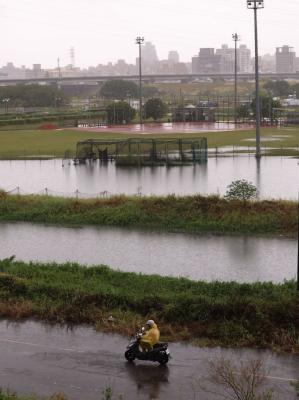
Taipei, New Taipei City, Keelung and Taoyuan would issue a decision at 8pm on whether to cancel work and school tomorrow due to forecasted heavy rain, Keelung Mayor Hsieh Kuo-liang (謝國樑) said today. Hsieh told reporters that absent some pressing reason, the four northern cities would announce the decision jointly at 8pm. Keelung is expected to receive between 300mm and 490mm of rain in the period from 2pm today through 2pm tomorrow, Central Weather Administration data showed. Keelung City Government regulations stipulate that school and work can be canceled if rain totals in mountainous or low-elevation areas are forecast to exceed 350mm in
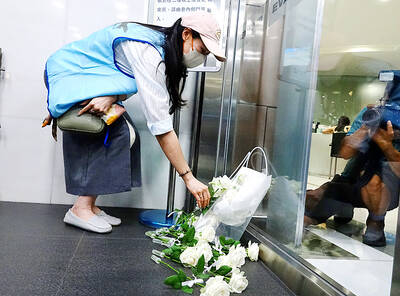
EVA Airways president Sun Chia-ming (孫嘉明) and other senior executives yesterday bowed in apology over the death of a flight attendant, saying the company has begun improving its health-reporting, review and work coordination mechanisms. “We promise to handle this matter with the utmost responsibility to ensure safer and healthier working conditions for all EVA Air employees,” Sun said. The flight attendant, a woman surnamed Sun (孫), died on Friday last week of undisclosed causes shortly after returning from a work assignment in Milan, Italy, the airline said. Chinese-language media reported that the woman fell ill working on a Taipei-to-Milan flight on Sept. 22
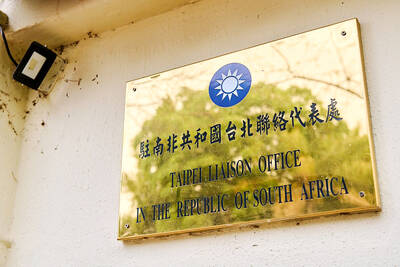
COUNTERMEASURE: Taiwan was to implement controls for 47 tech products bound for South Africa after the latter downgraded and renamed Taipei’s ‘de facto’ offices The Ministry of Foreign Affairs is still reviewing a new agreement proposed by the South African government last month to regulate the status of reciprocal representative offices, Minister of Foreign Affairs Lin Chia-lung (林佳龍) said yesterday. Asked about the latest developments in a year-long controversy over Taiwan’s de facto representative office in South Africa, Lin during a legislative session said that the ministry was consulting with legal experts on the proposed new agreement. While the new proposal offers Taiwan greater flexibility, the ministry does not find it acceptable, Lin said without elaborating. The ministry is still open to resuming retaliatory measures against South
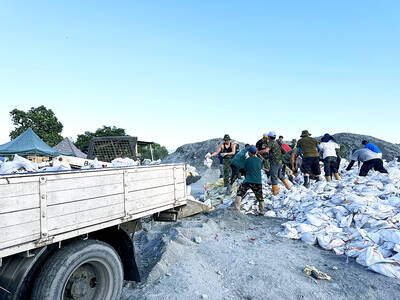
The Central Emergency Operations Center (CEOC) has made a three-phased compulsory evacuation plan for Hualien County’s Mataian River (馬太鞍溪) disaster zone ahead of the potential formation of a typhoon. The plan includes mandatory vertical evacuation using air-raid-style alarms if needed, CEOC chief coordinator Chi Lien-cheng (季連成) told a news conference in the county yesterday. Volunteers would be prohibited from entering the disaster area starting tomorrow, the retired general said. The first phase would be relocating vulnerable residents, including elderly people, disabled people, pregnant women and dialysis patients, in shelters and hospitals, he said. The second phase would be mandatory evacuation of residents living in